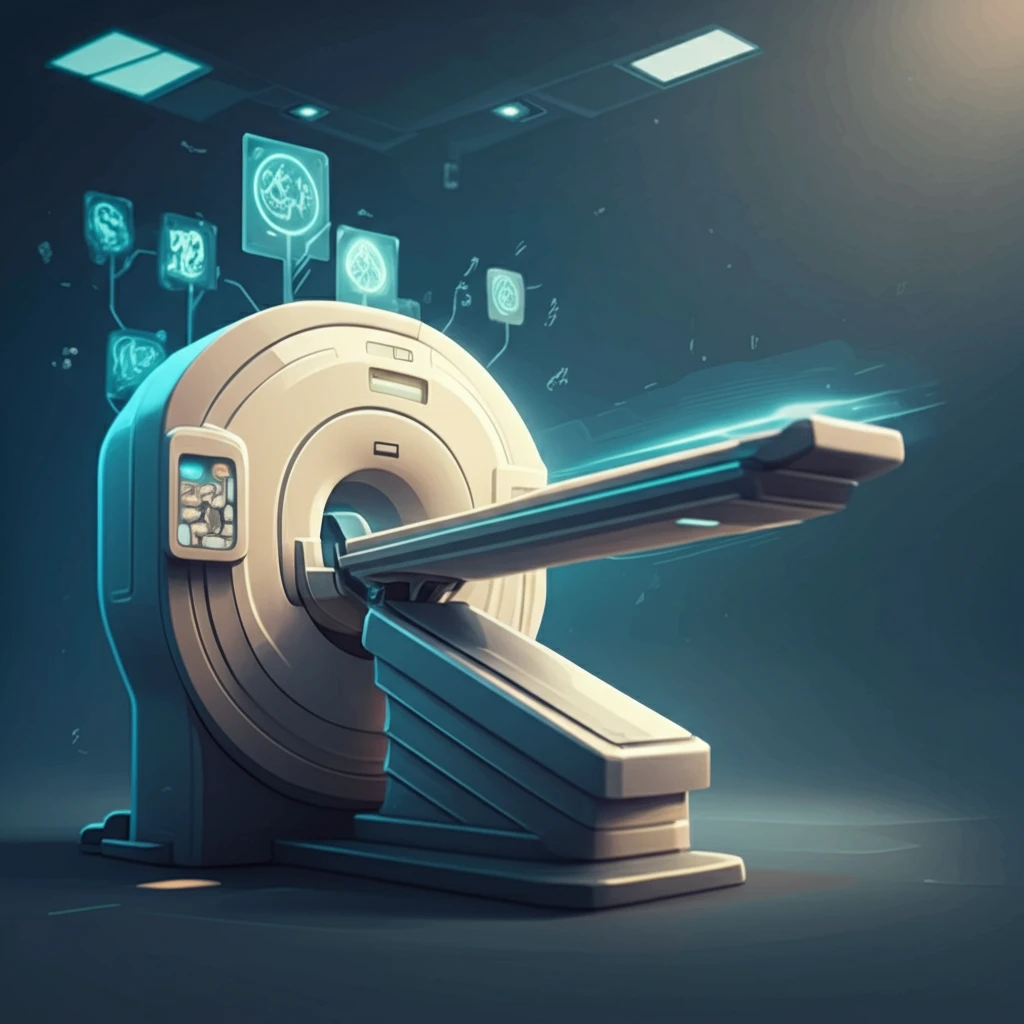
Revolutionizing Medical Imaging: Can Combined kV/MV CBCT Scans Reduce Scan Time and Metal Artifacts?
"A deep dive into a new study exploring the potential of combined kilovoltage/megavoltage cone-beam computed tomography (kV/MV CBCT) with a high-DQE MV detector to enhance image quality and streamline medical imaging processes."
In the ever-evolving landscape of medical imaging, precision and efficiency are paramount. State-of-the-art medical linear accelerators are now commonly equipped with two imaging systems: an electronic portal imaging device (EPID) used with the treatment beam and an orthogonal kilovoltage (kV) system. These systems offer complementary information, improving localization accuracy and treatment quality.
Cone-beam computed tomography (CBCT) or kV planar imaging is typically used for patient setup, beam gating, and beam delivery verification, while the MV system is more commonly used for treatment quality assurance and exit dosimetry. Recent research explores the potential of combined kilovoltage/megavoltage (kV/MV) imaging as an avenue for innovation, focusing on reducing scan times and minimizing metal artifacts—common challenges in radiotherapy and diagnostics.
A recent study investigates the use of combined kV/MV CBCT imaging with a high Detective Quantum Efficiency (DQE) MV detector. The goal is to determine if this advanced setup can generate acceptable quality pre-treatment CBCT images at clinically acceptable dose levels. By addressing limitations related to scan time and image distortion, this research opens new possibilities for enhancing image-guided radiotherapy applications.
How Does Combined kV/MV CBCT Imaging Work?

The study, conducted using a Truebeam system, combined data from both 6MV and 100kVp projections. The MV data was acquired using a prototype EPID containing two scintillators: a standard copper-gadolinium oxysulfide (Cu-GOS) screen and a prototype focused cadmium tungstate (CWO) pixelated “strip.” The kV data was acquired using a standard onboard imager. Image quality was then evaluated using phantoms—an 18-cm diameter electron density phantom and a 20-cm diameter Catphan phantom—analyzing contrast and resolution.
- Scan Time Reduction (STR): Projections from partially overlapping 105° kV and MV acquisitions were combined to create a complete data set, potentially achievable in just 18 seconds.
- Metal Artifact Reduction (MAR): The reconstruction process utilized primarily kV raw data, with MV data selectively replacing rays corrupted by metal, thus reducing distortions.
- Dose Levels: The total absorbed dose for MAR was approximately 0.7 cGy, while the STR combined acquisition resulted in about 2.5 cGy.
The Future of Medical Imaging
This study confirms that a high-DQE MV detector can be effectively applied to generate high-quality combined kV/MV images for SRT and MAR, using clinically acceptable doses. By significantly reducing scan times and minimizing artifacts caused by metal implants, this technology promises to improve diagnostic accuracy and streamline radiotherapy planning. As medical imaging technology continues to advance, innovations like combined kV/MV CBCT imaging will play a crucial role in shaping the future of healthcare.
